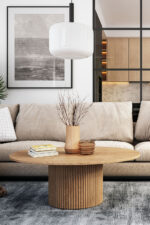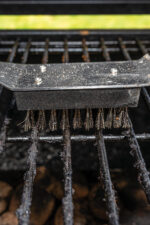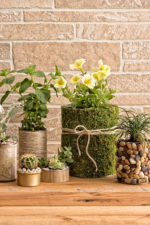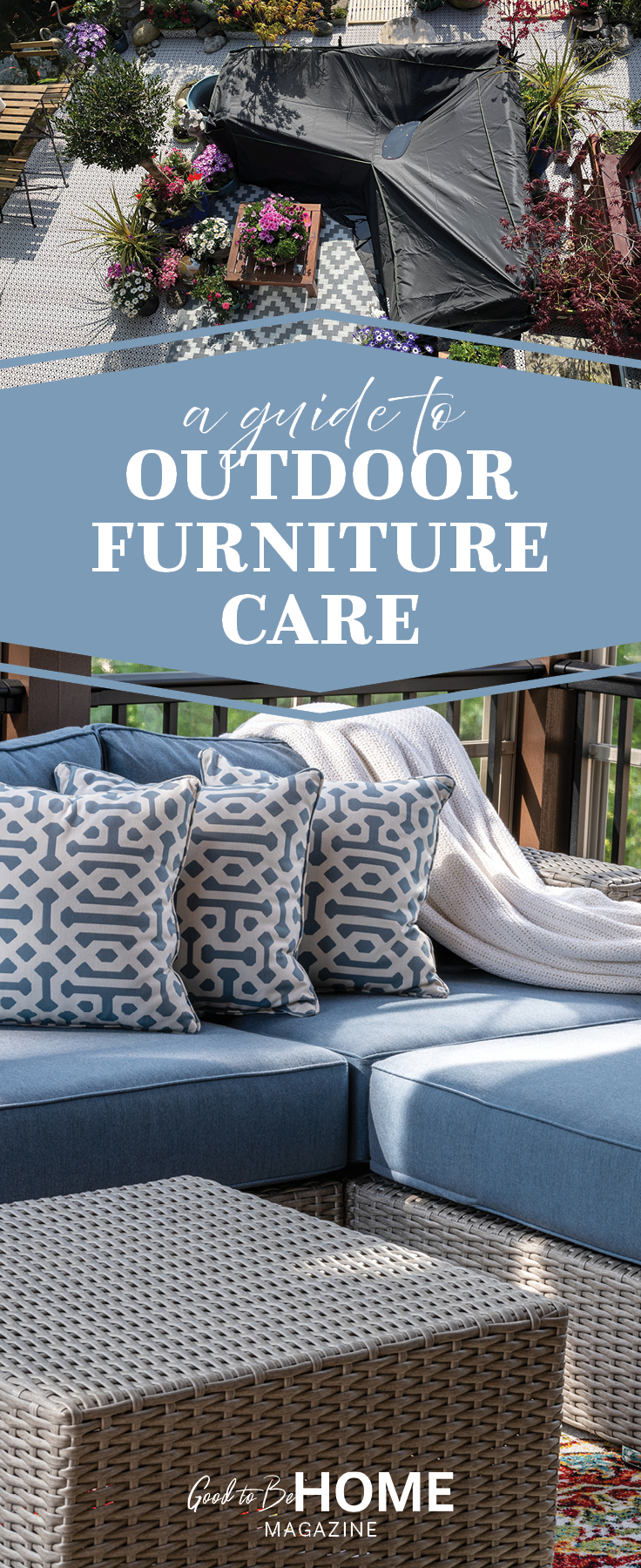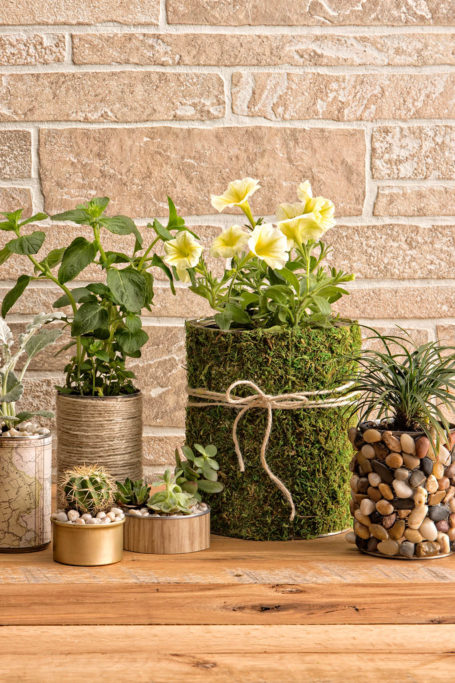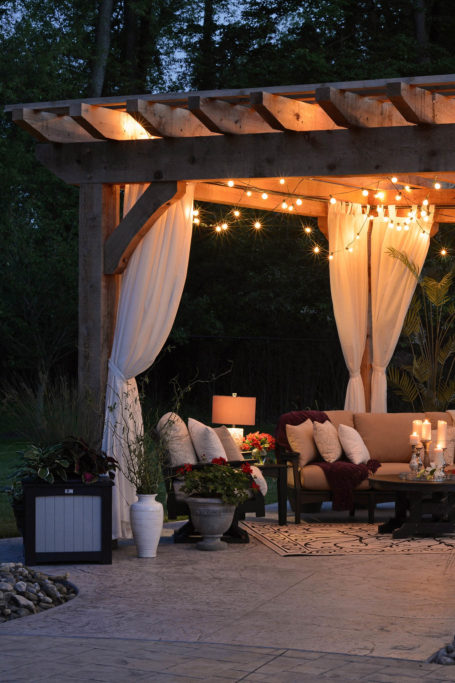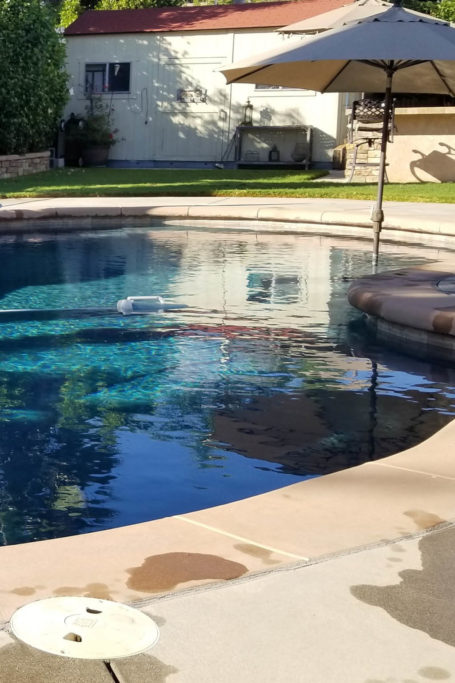A Guide to Outdoor Furniture Care
Spring and summer usher in a wide array of outdoor fun and adventure, but it can come at a price: namely, sunburn and dehydration. The same holds true for your outdoor furniture. Often sitting 24/7 in elements ranging from extreme heat to raging thunderstorms, your decor can easily become dilapidated if not properly maintained. And even though it may be manufactured to resist rain, mold, mildew, and UV rays, that protection won’t last forever. These tips can help you not only keep your furniture looking great but also extend its lifespan.

Do routine care
You likely have a routine when it comes to cleaning your home’s interior furniture, such as weekly dusting, cleaning, and vacuuming, and you should also establish a similar habit outside your home. Regardless of the material, simply cleaning your outdoor furniture regularly with soapy water, rinsing it with a garden hose, and letting it air dry can help prevent dirt, mildew, and mold from building up. If you need to apply some elbow grease to stubborn areas, be sure to use a soft-bristled brush to avoid damaging the materials.
How often you need to clean will also depend on where you live. Regular upkeep is particularly important if you live in a warm-weather area of the country and keep your furniture outside all year round, especially if you’re located near salty sea air.
Consider your materials
This type of maintenance isn’t usually a one-size-fits-all task because outdoor furniture materials often require specific care. For example, wicker can be more challenging to upkeep because of its intricacy and tendency to flake, so utilizing a vacuum cleaner or even carefully using a pressure washer tends to work well for that material. Here are suggestions for how to tackle various other types.
Plastic
Plastic furniture is often white, and if yours has stains or is coated in grime, then you probably know that it can be difficult getting it to look pristine again. If regular hand soap and water don’t work, mixing water with baking soda or vinegar may do the trick. As with anything material, be sure to spot-test the solution to avoid damaging the piece.
Wood
In a sense, you want to treat your wood furniture as you would a deck. Regular cleaning goes a long way toward keeping it spotless, but you may want to consider sanding it and refinishing it once a year with a protective stain for maximum protection.
Metal
The biggest issue with metal is its tendency to rust, which you should occasionally check for. If you do find rust, sand it away and fill in the area with metal epoxy before covering it with rust-resistant primer and paint.
Cushions
Perhaps more than anything else, cushions are great places for debris to accumulate. Vacuum them regularly to help prevent mildew, mold, and stains from forming. Also, use discretion when it comes to throwing cushions or their covers in your washing machine; doing so may help them get clean, but it may also weaken the material’s protective coating. As with cleaning any furniture material, always consult its instructions for the best course of maintenance.
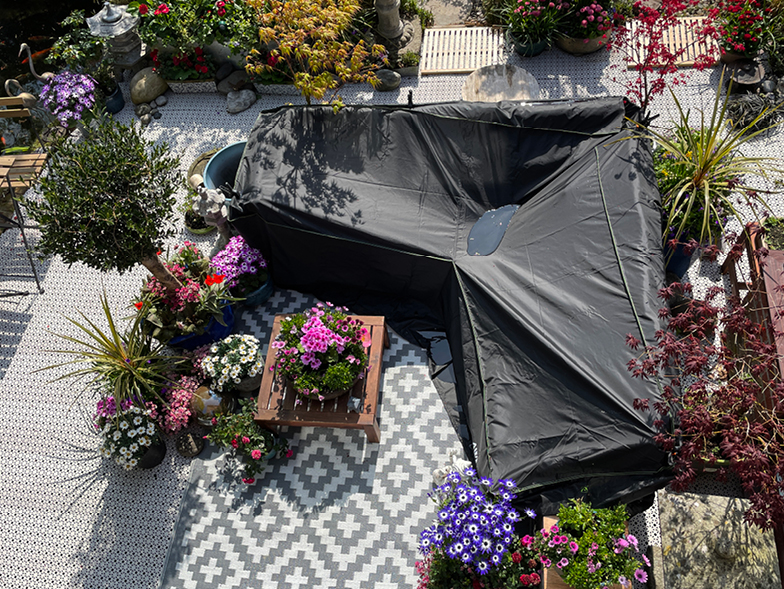
Shelter it
People who live in areas with harsh winters usually go out of their way to keep their outdoor furniture out of the elements. Summertime? Not so much. After all, outdoor decor is best enjoyed during warmer months. However, you should treat it like your grill—shelter it when it’s not in use with specifically designed, weather-resistant patio furniture covers. Easy and affordable solutions, such covers can protect individual pieces or even an entire patio set. Finally, if you have the space to do so, store whatever furniture you can in a garage or shed come fall to keep it completely sheltered from the elements.
It’s been said that an ounce of prevention is worth a pound of cure. Apply this wisdom to your patio furniture, and you can help ensure that you’ll maximize your investment in it and enjoyment of it.


